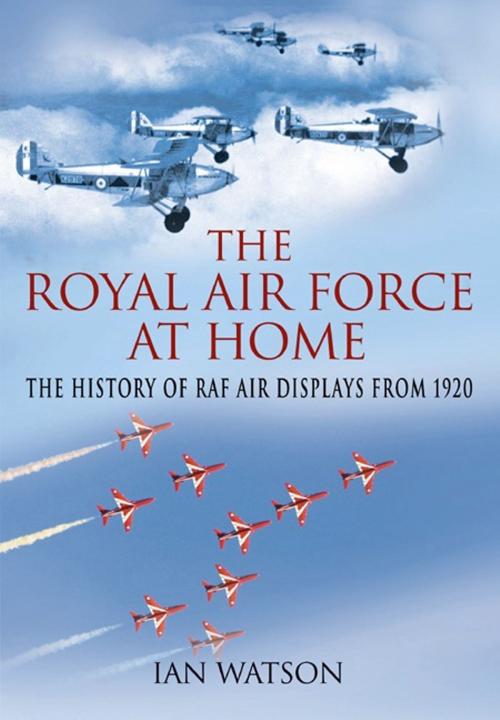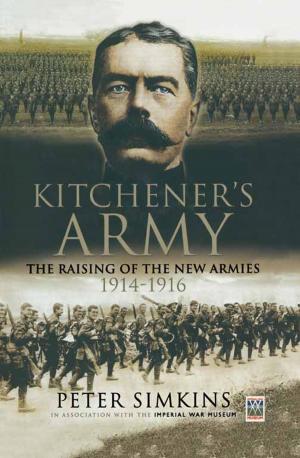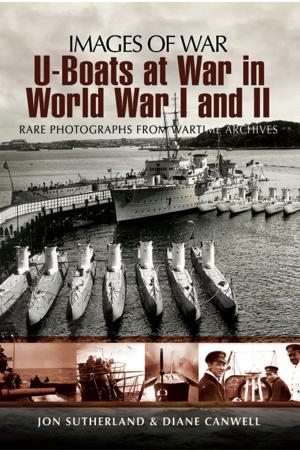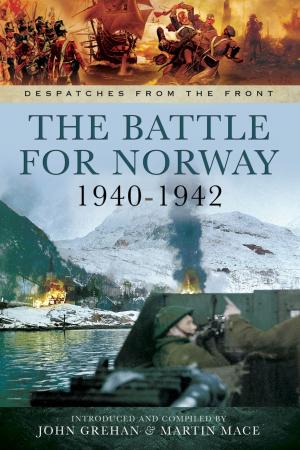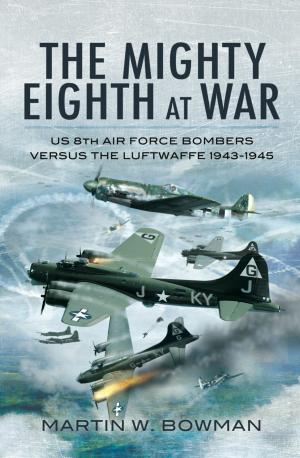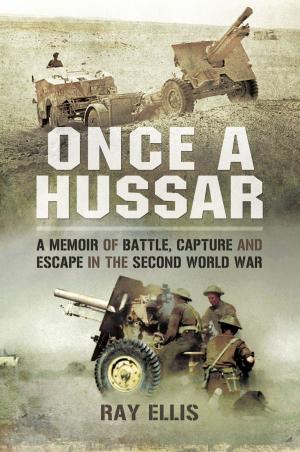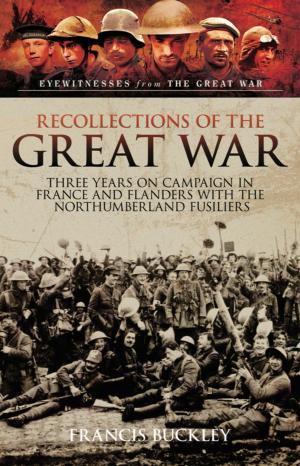The Royal Air Force At Home
The History of RAF Air Displays from 1920
Nonfiction, History, Military, Aviation, World War II| Author: | Ian Smith Watson | ISBN: | 9781783031399 |
| Publisher: | Pen and Sword | Publication: | June 19, 2010 |
| Imprint: | Pen and Sword | Language: | English |
| Author: | Ian Smith Watson |
| ISBN: | 9781783031399 |
| Publisher: | Pen and Sword |
| Publication: | June 19, 2010 |
| Imprint: | Pen and Sword |
| Language: | English |
Military public relations endeavors ultimately seek to build a sense of common interests and aims, and so generally foster good relations with the people they defend, and there in ensure a stable society. The armed forces when engaging on any public relations exercise, have traditionally sought to provide an entertaining spectacle. For years this has been typified by parades, bands, mock battles, drill displays and other relevant feats of military prowess which have captured the imagination of the public and inspired potential recruits. The 20th Century brought a new dimension to the field of warfare and subsequently added a new strand to the fabric of public ceremony and displays by the armed forces. That new dimension was the arrival of powered flight.
Display flying began within five years of the Wright Brothers making their milestone first flight. The first events staged in Britain which centered on demonstrations by flying machines, were organized by the town councils of Blackpool and Doncaster and were held within days of each other in October 1909. 1920 was the year that the first of the famed and legendary Hendon Air Pageants was staged, and this is where military air shows traditionally began. The Hendon Displays were organized and staged by the still fledging Royal Air Force and it was probably due in no small part to the prestige and spectacle of this fresh new dimension of military pageantry, together with other like events held at RAF airfields through the next two decades, that the very existence of the RAF was saved from the threat of abolition. The history of the RAF's commitment (one that compares almost uniquely with other air forces) toward display flying through the years after World War II has now come of age. This account of their record in this often overlooked but then again traditional field of military customs, describes and illustrates the major public RAF events since 1920.
Military public relations endeavors ultimately seek to build a sense of common interests and aims, and so generally foster good relations with the people they defend, and there in ensure a stable society. The armed forces when engaging on any public relations exercise, have traditionally sought to provide an entertaining spectacle. For years this has been typified by parades, bands, mock battles, drill displays and other relevant feats of military prowess which have captured the imagination of the public and inspired potential recruits. The 20th Century brought a new dimension to the field of warfare and subsequently added a new strand to the fabric of public ceremony and displays by the armed forces. That new dimension was the arrival of powered flight.
Display flying began within five years of the Wright Brothers making their milestone first flight. The first events staged in Britain which centered on demonstrations by flying machines, were organized by the town councils of Blackpool and Doncaster and were held within days of each other in October 1909. 1920 was the year that the first of the famed and legendary Hendon Air Pageants was staged, and this is where military air shows traditionally began. The Hendon Displays were organized and staged by the still fledging Royal Air Force and it was probably due in no small part to the prestige and spectacle of this fresh new dimension of military pageantry, together with other like events held at RAF airfields through the next two decades, that the very existence of the RAF was saved from the threat of abolition. The history of the RAF's commitment (one that compares almost uniquely with other air forces) toward display flying through the years after World War II has now come of age. This account of their record in this often overlooked but then again traditional field of military customs, describes and illustrates the major public RAF events since 1920.
